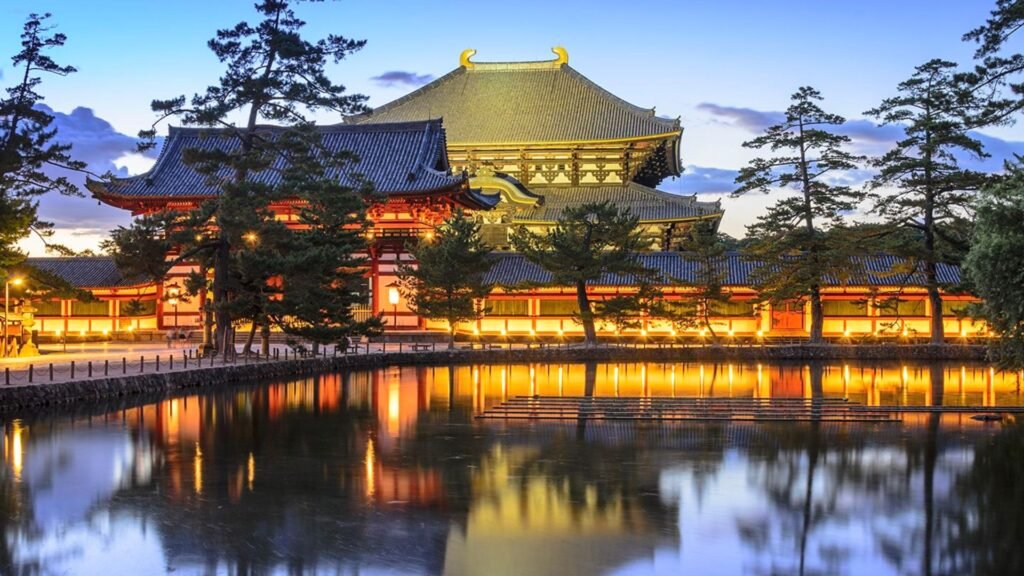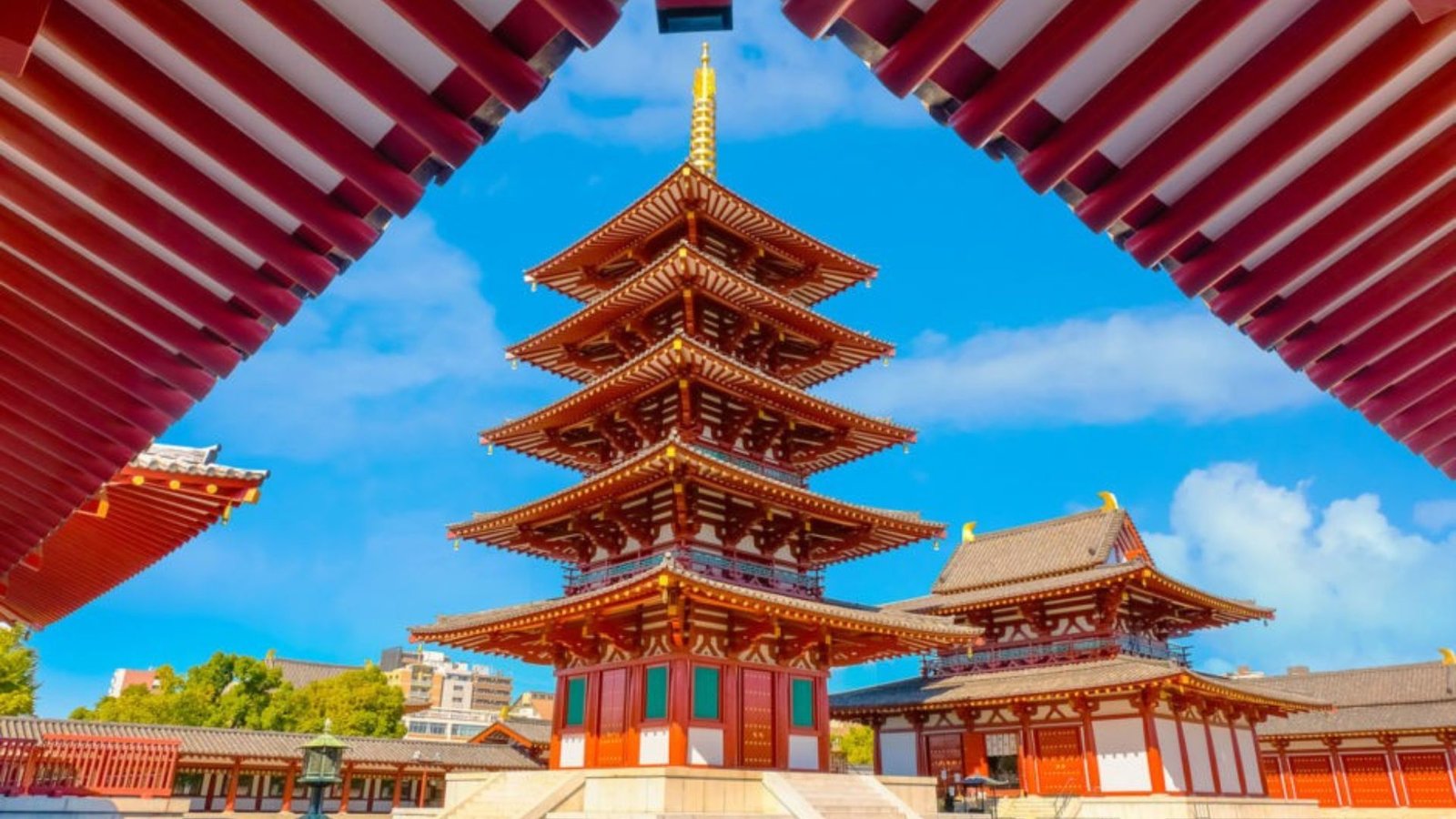How Japanese Culture Is Reflected in Its Architecture
Japanese architecture is a fascinating blend of traditional craftsmanship and modern innovation. It reflects the country’s cultural values, historical evolution, and environmental considerations. Here’s a closer look at how Japanese culture is deeply intertwined with its architectural practices.

Traditional Japanese Architecture
Shinto Shrines and Buddhist Temples Japanese traditional architecture is prominently featured in Shinto shrines and Buddhist temples. These structures are designed with a deep respect for nature and spirituality, embodying core principles of Japanese culture.
- Shinto Shrines: Shinto architecture is characterized by simplicity, natural materials, and a strong connection to the surrounding environment. Key features include torii gates, which mark the transition from the secular to the sacred, and honden (main sanctuaries), which house the kami (spirits). The use of wood and the integration of natural elements reflect Shinto beliefs in harmony with nature.
- Buddhist Temples: Buddhist temples often feature elaborate wooden structures, curved roofs, and intricate carvings. The design emphasizes a serene atmosphere conducive to meditation and reflection. Temples are frequently surrounded by tranquil gardens and ponds, enhancing the sense of peace.
Traditional Japanese Houses Traditional Japanese homes, known as minka, are designed with a focus on flexibility and natural integration. Key aspects include:
- Tatami Mats: These straw mats cover the floors of traditional homes and provide a soft, natural surface. They also define the layout of rooms, which are typically modular and can be reconfigured as needed.
- Sliding Doors (Shoji): Shoji doors, made of wooden frames and translucent paper, allow light to filter gently into the room. They provide privacy while maintaining a connection with the outdoors.
- Engawa: An engawa is a verandah or corridor that bridges the indoors with the outdoors. It serves as a space for relaxation and reflection, emphasizing the Japanese value of blending interior and exterior environments.
Modern Japanese Architecture
Embracing Minimalism and Functionality Modern Japanese architecture often draws on traditional principles while incorporating contemporary design elements. The emphasis is on minimalism, functionality, and the efficient use of space.
- Minimalist Design: Modern Japanese architecture is known for its clean lines, uncluttered spaces, and a focus on essential elements. This minimalist approach reflects the cultural value of simplicity and restraint.
- Innovative Use of Space: In densely populated urban areas, Japanese architects creatively utilize limited space. Compact, multifunctional designs maximize functionality without sacrificing aesthetic appeal.
Integration of Nature Modern Japanese buildings frequently incorporate natural elements, continuing the traditional focus on harmony with the environment.
- Green Roofs and Walls: Many contemporary structures feature green roofs and living walls, which enhance energy efficiency and promote environmental sustainability.
- Natural Light: Large windows and open floor plans are used to bring in natural light and create a sense of openness, even in small spaces.
The Influence of Japanese Culture on Architectural Aesthetics
Harmony with Nature One of the most enduring themes in Japanese architecture is the harmony between the built environment and nature. Traditional gardens, such as Zen gardens, are designed to evoke natural landscapes and foster a sense of tranquility. This principle is carried forward in modern designs through the use of natural materials, integration of greenery, and emphasis on natural light.
Cultural Symbolism Japanese architecture often incorporates cultural symbols and elements that reflect historical and spiritual significance. For example, the use of certain motifs or designs can convey auspicious meanings or represent specific cultural narratives.
Cultural Values The principles of simplicity, balance, and respect for nature are deeply embedded in Japanese architectural practice. These values influence not only the design and layout of buildings but also the choice of materials and construction techniques.
Conclusion
Japanese architecture offers a rich tapestry of cultural expression, blending traditional values with modern innovation. From the serene elegance of Shinto shrines and Buddhist temples to the minimalist sophistication of contemporary homes, the architectural landscape of Japan reflects its deep cultural heritage and evolving design sensibilities. By embracing both tradition and modernity, Japanese architecture continues to inspire and influence the global architectural community.



